Tool pallets
$3,500.00 Original price was: $3,500.00.$2,200.00Current price is: $2,200.00.
Highlights:
25 Tall tool pallets
Prices are:$2200 / pallet
60units per pallet
Tools are devices or instruments that help us perform tasks more efficiently and effectively. They can be simple, such as a hammer or a screwdriver, or complex, such as a computer or a robot. Tools can be classified into different categories based on their functions, such as cutting tools, measuring tools, fastening tools, shaping tools, etc. Tools can also be categorized based on their power sources, such as hand tools, electric tools, pneumatic tools, hydraulic tools, etc. Tools can have various benefits and drawbacks depending on their design, quality, usage and maintenance. Some of the benefits of using tools are:
– They can save time and energy by reducing the amount of manual work required.
– They can improve the accuracy and precision of the results by minimizing human errors and variations.
– They can enhance the safety and comfort of the workers by reducing the risk of injuries and fatigue.
– They can expand the scope and scale of the tasks that can be performed by enabling new possibilities and capabilities.
Some of the drawbacks of using tools are:
– They can be expensive to acquire and maintain by requiring initial investment and regular upkeep.
– They can be complicated to operate and troubleshoot by requiring specialized skills and knowledge.
– They can be dependent on external factors such as power supply, availability and compatibility by limiting their functionality and reliability.
– They can have negative environmental and social impacts by consuming resources, generating waste and displacing workers.
Therefore, tools are essential for human civilization and progress, but they also pose challenges and responsibilities for their users. Tools should be selected, used and maintained carefully and wisely to maximize their benefits and minimize their drawbacks.
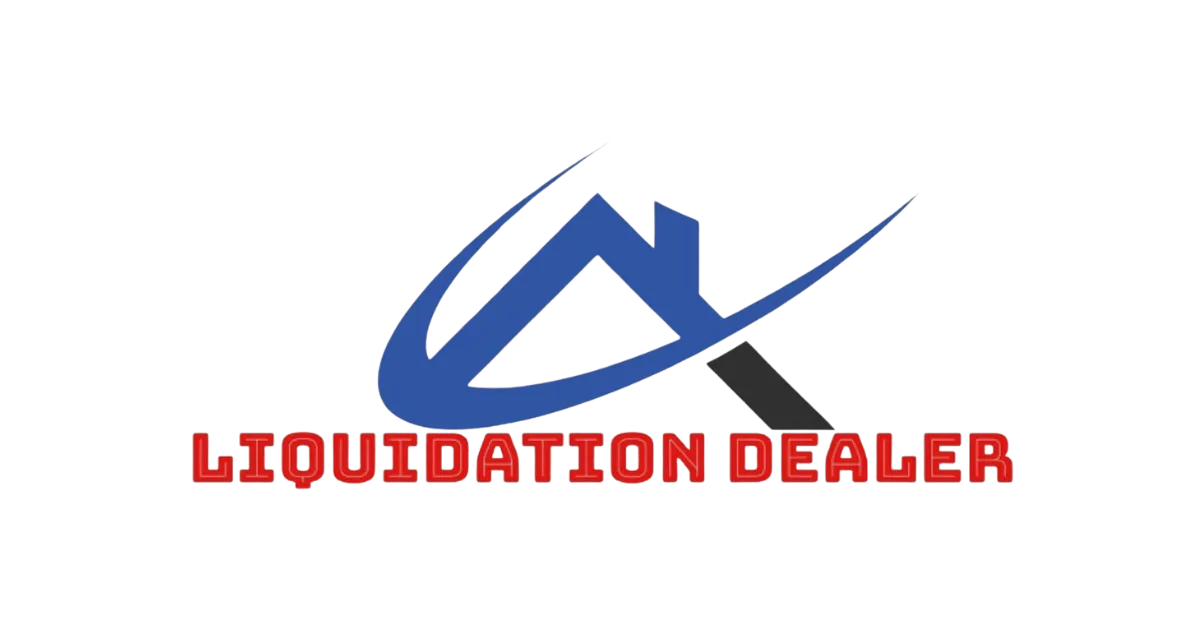
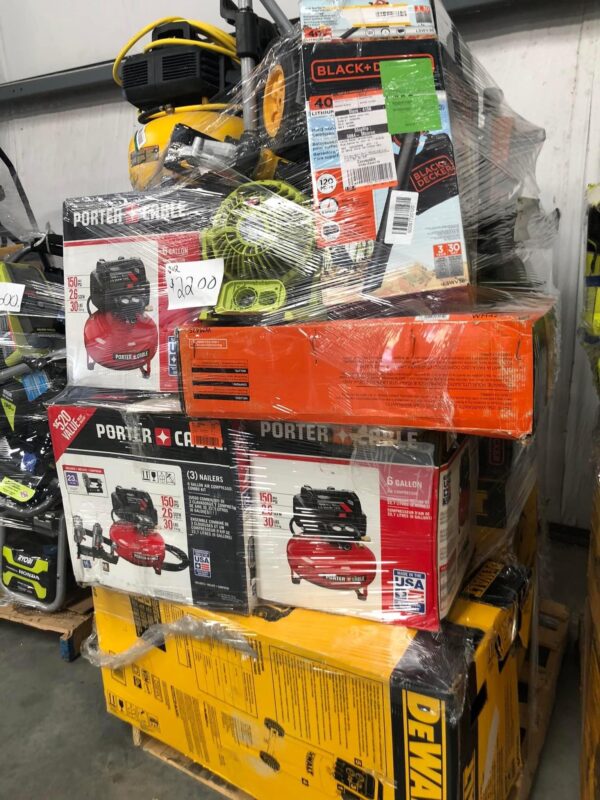
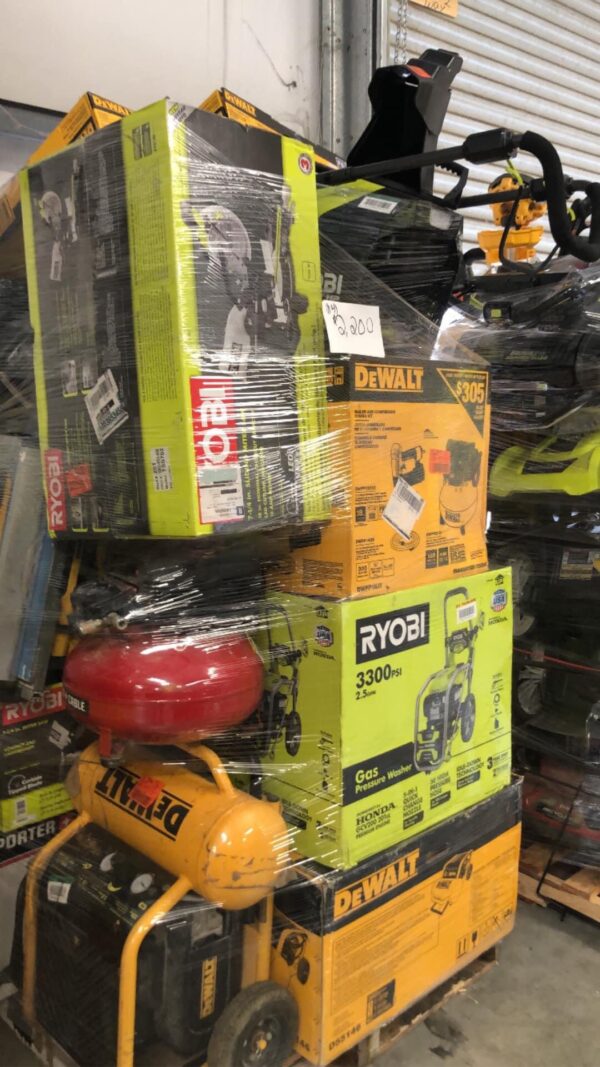
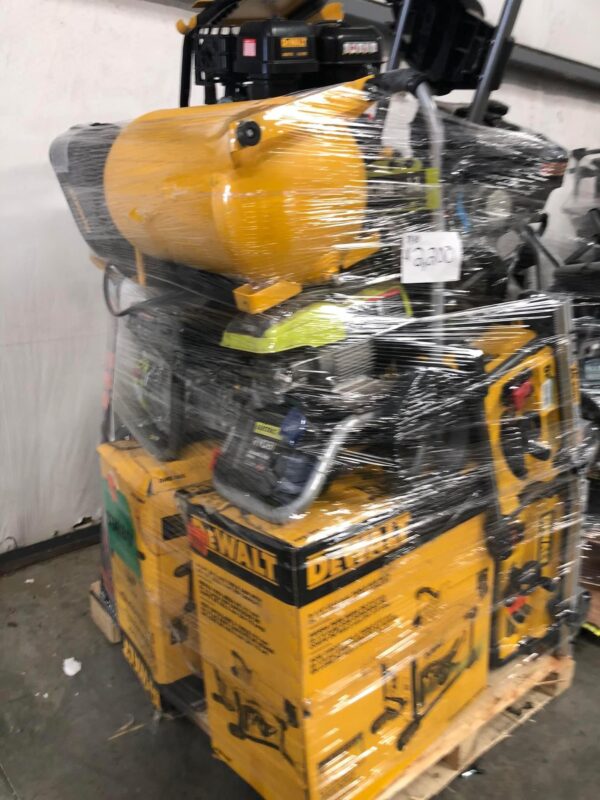
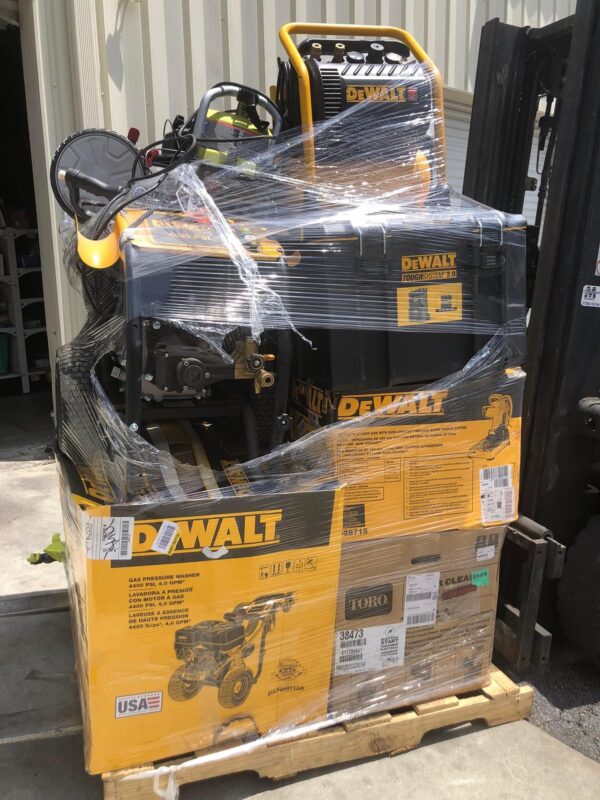
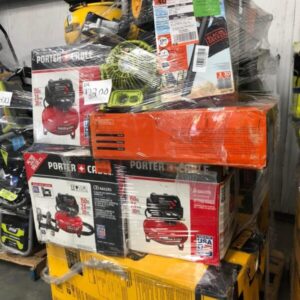


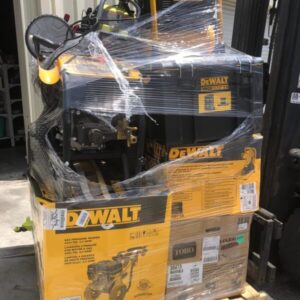

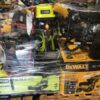
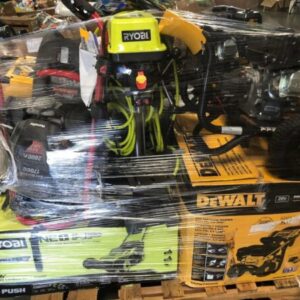
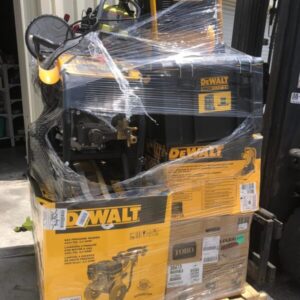
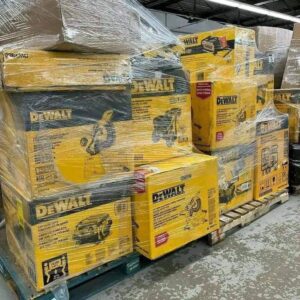

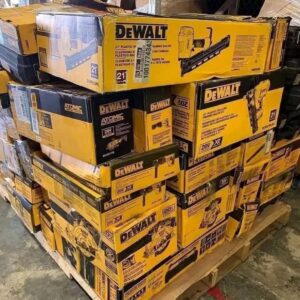

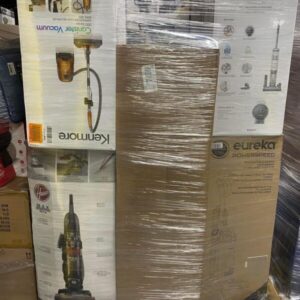
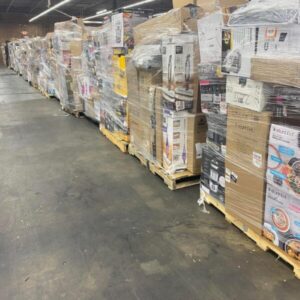

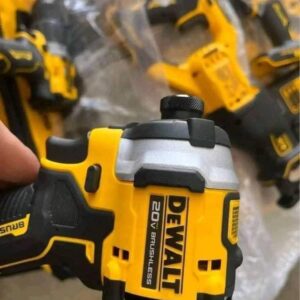
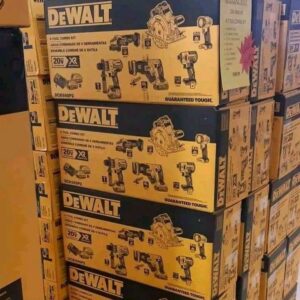


Reviews
There are no reviews yet.